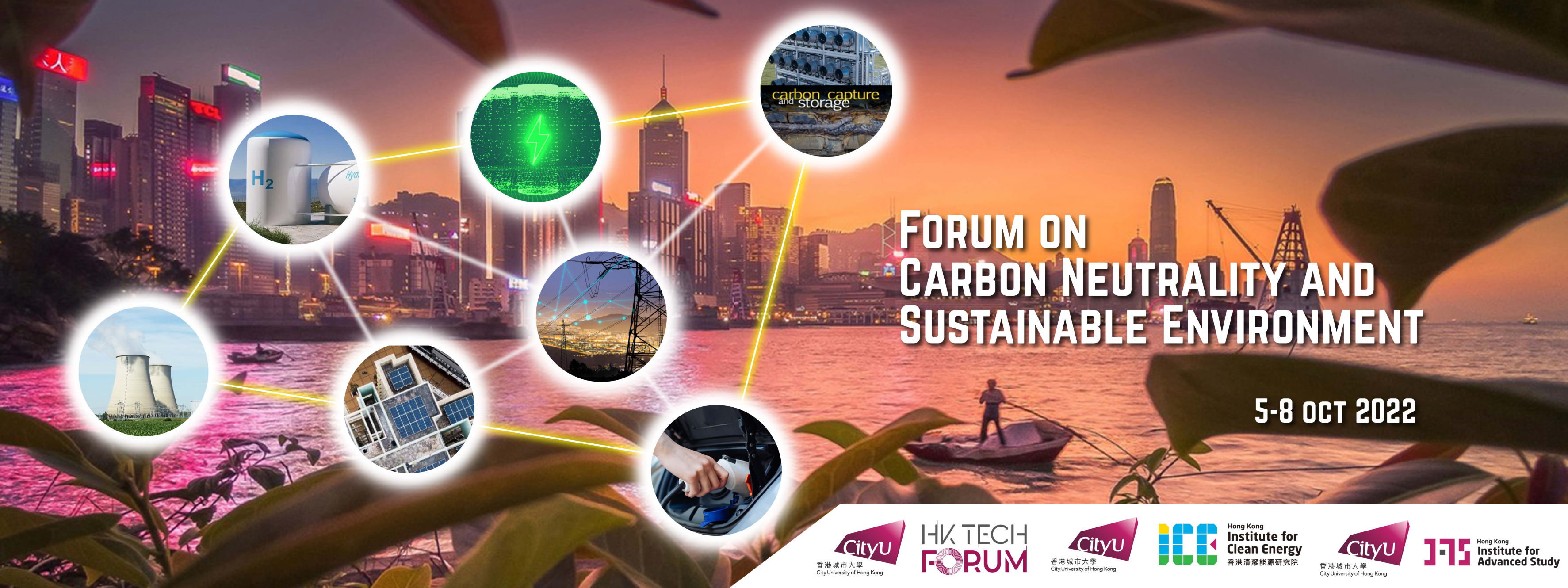Keynote Speaker
Biography
Kazunari Domen received B.S. (1976), M.S. (1979), and Ph.D. (1982) honors in chemistry from the University of Tokyo. Dr. Domen joined Chemical Resources Laboratory, Tokyo Institute of Technology in 1982 as Assistant Professor and was subsequently promoted to Associate Professor in 1990 and Professor in 1996. Moving to the University of Tokyo as Professor in 2004, and Cross appointment with Shinshu University as Special Contract Professor in 2017. University Professor of the University of Tokyo in 2019.
Domen has been working on overall water splitting reaction on heterogeneous photocatalysts to generate clean and recyclable hydrogen. In 1980, he reported NiO-SrTiO3 photocatalyst for overall water splitting reaction, which was one of the earliest examples achieving stoichiometric H2 and O2 evolution on a particulate system. In 2005, he has succeeded in overall water splitting under visible light (400 nm<λ<500nm) on GaN:ZnO solid solution photocatalyst.
Photocatalytic water splitting for solar hydrogen production
Kazunari DOMEN 1, 2
Keywords: Particulate photocatalyst, panel reactor, gas separation, scalability
Abstract: Sunlight-driven water splitting is studied actively for production of renewable solar hydrogen on a large scale. Overall water splitting using particulate photocatalysts has been attracting growing interest, because such systems can be spread over wide areas by inexpensive processes potentially [1]. However, it is essential to radically improve the solar-to-hydrogen energy conversion efficiency (STH) of particulate photocatalysts and develop suitable reaction systems. In my talk, recent progress in photocatalytic materials and reaction systems will be presented.
The author’s group has studied various semiconductor oxides, (oxy)nitrides, and (oxy)chalcogenides as photocatalysts for water splitting [2]. SrTiO3 is an oxide photocatalyst that has been known to be active in overall water splitting under ultraviolet irradiation since 1980. Recently, the apparent quantum yield (AQY) of this photocatalyst in overall water splitting has been improved to more than 90% at 365 nm, equivalent to an internal quantum efficiency of almost unity, by refining the preparation conditions of the photocatalyst and the loading conditions of cocatalysts [3]. This quantum efficiency is the highest yet reported and indicates that a particulate photocatalyst can drive the endergonic overall water splitting reaction at a quantum efficiency comparable to values obtained in photon-to-chemical and photon-to-current conversion processes by photosynthesis and photovoltaic systems, respectively. The author's group has also been developing panel reactors for large-scale applications. A solar hydrogen production system based on 100-m2 arrayed photocatalytic water splitting panels and an oxyhydrogen gas-separation module was built, and its performance and system characteristics including safety issues were reported recently [4].
For practical solar energy harvesting, it is essential to develop photocatalysts that are active under visible light irradiation. Ta3N5 and Y2Ti2O5S2 photocatalysts are active in overall water splitting via one-step excitation under visible light irradiation [5, 6]. Particulate photocatalyst sheets efficiently split water into hydrogen and oxygen via two-step excitation, referred to as Z-scheme, regardless of the size. In particular, a photocatalyst sheet consisting of La- and Rh-codoped SrTiO3 and Mo-doped BiVO4 splits water into hydrogen and oxygen via the Z-scheme, showing a STH exceeding 1.0% [7]. Some other (oxy)chalcogenides and (oxy)nitrides with long absorption edge wavelengths are also applicable to Z-scheme photocatalyst sheets and hold the promise of realizing greater STH values.
References
[1] Hisatomi et al., Nat. Catal. 2, 387 (2019).
[2] Chen et al., Nat. Rev. Mater. 1, 17050 (2017).
[3] Takata et al., Nature 581, 411 (2020).
[4] Nishiyama et al., Nature 598, 304 (2021).
[5] Wang et al., Nat. Catal. 1, 756 (2018).
[6] Wang et al., Nat. Mater. 18, 827 (2019).
[7] Wang et al., Nat. Mater. 15, 611 (2016).

